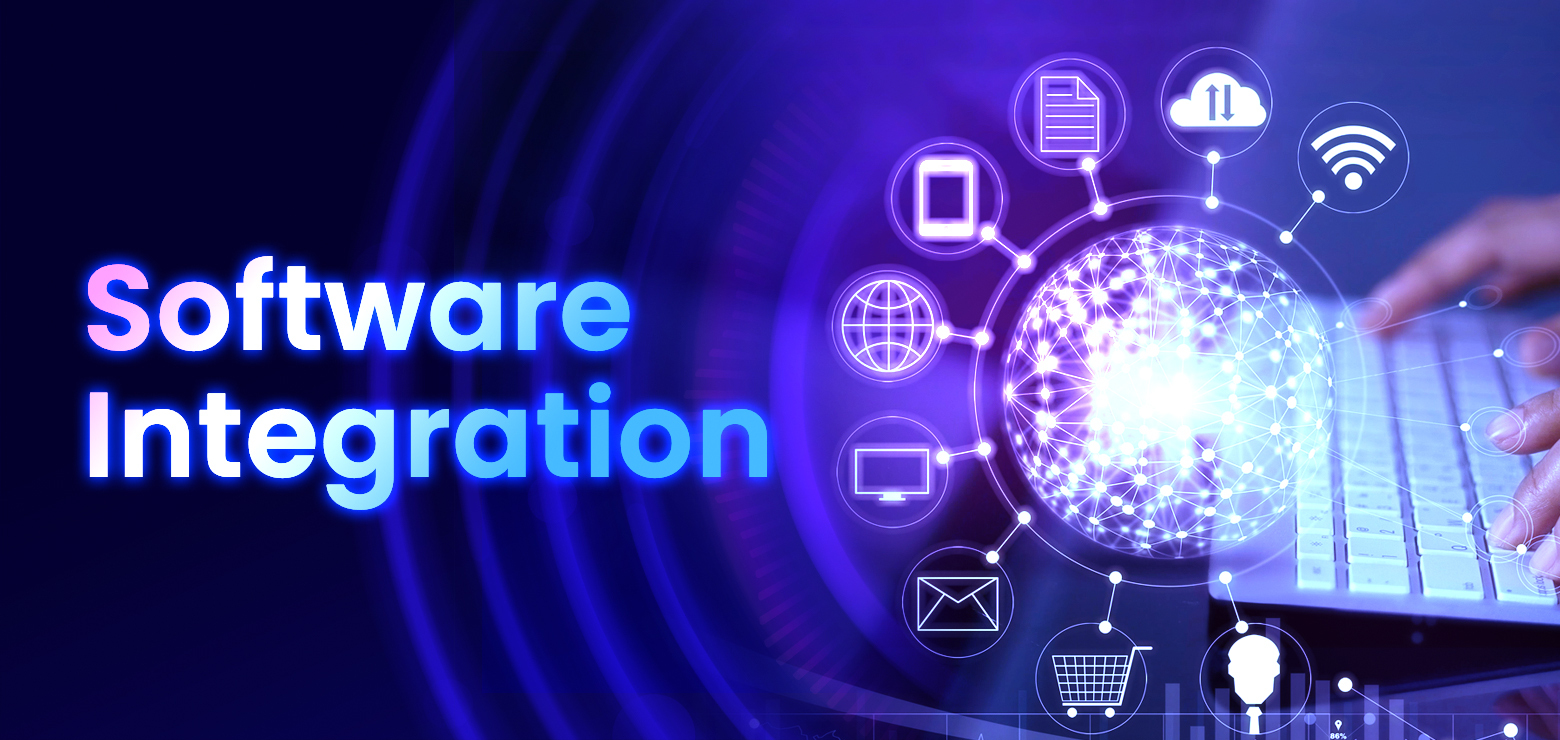
From Legacy to Cloud-Native: What Devs Need to Know
In the world of software development, change is the only constant. Once upon a time, legacy systems ruled the landscape—monolithic, rigid, and tied tightly to specific hardware and environments. But the tech tide is turning! Today, cloud-native development is revolutionizing how we build, deploy, and scale applications. For devs, this shift isn’t just a trend; it’s a golden ticket to more agile, resilient, and innovative software solutions. So, buckle up as we explore how to navigate this exciting transformation from traditional legacy systems to the vibrant realm of cloud-native architectures.
Embracing the Shift: Unlocking the Power of Cloud-Native Development
Transitioning to cloud-native development is like upgrading from a bicycle to a jet engine—suddenly, everything accelerates. At its core, cloud-native leverages the power of containers, microservices, and orchestration tools like Kubernetes to create flexible, scalable applications. This approach allows developers to break down monolithic systems into manageable, independent services that can evolve rapidly without disrupting the entire platform. The result? Faster deployment cycles, improved resilience, and the ability to experiment without risking the stability of the whole system.
This shift also invites a change in mindset—moving from a static, hardware-bound approach to a dynamic, service-oriented one. Cloud-native development emphasizes automation, continuous integration/continuous deployment (CI/CD), and infrastructure as code (IaC). These principles empower devs to spin up environments, test, and roll out updates with minimal manual intervention. Moreover, the cloud provides on-demand resources that scale seamlessly according to application needs, reducing costs and boosting performance. It’s like giving your applications a superpower: elasticity.
However, embracing the cloud-native way isn’t just about adopting new tools—it’s about cultivating a new way to think about your architecture. It involves designing for failure (since in the cloud, any component can go down), embracing observability, and fostering a culture of collaboration and DevOps practices. The payoff? Applications that are more resilient, easier to maintain, and primed to innovate at a breakneck pace. It’s a thrilling era where developers are no longer just code writers but architects of scalable, future-proof systems.
From Old School to Cloud Cool: A Dev’s Guide to the Future
Making the leap from legacy systems to cloud-native isn’t a switch you flip overnight—it’s a journey of transformation and learning. Start by understanding your current architecture and identifying parts that can be modularized into microservices. This refactoring can seem daunting, but breaking it down into smaller steps makes it manageable. Embrace containerization early on; tools like Docker can help encapsulate your applications and simplify deployment across different environments. Think of it as packing your code into lightweight, portable containers that can run anywhere.
Next, familiarize yourself with orchestration platforms like Kubernetes, which act as the command center for managing containers at scale. Learning how to deploy, scale, and maintain applications with Kubernetes will become a key skill for modern devs. Pair this with adopting CI/CD pipelines, which automate testing and deployment, bringing agility and consistency to your development process. Remember, the goal is to create a culture of continuous improvement—small, incremental changes that add up to big innovations over time.
Finally, don’t forget the importance of observability—monitoring, logging, and tracing are essential in a cloud-native ecosystem. They help you understand what’s happening inside your apps, troubleshoot issues quickly, and optimize performance. As you transition, embrace a mindset of experimentation and learning. The future favors devs who are adaptable, curious, and eager to leverage cloud-native tools and principles. By doing so, you’ll not only stay relevant but become a trailblazer in the evolving landscape of software development—truly from old school to cloud cool!
===OUTRO:===
The journey from legacy to cloud-native development is an exciting adventure filled with opportunities for growth, innovation, and mastery. As devs, embracing this shift means unlocking new levels of agility, resilience, and creativity in our craft. It’s about evolving our skills, rethinking architectures, and harnessing cloud power to build applications that can adapt and thrive in a fast-changing digital world. So, gear up, stay curious, and dive into the cloud—your future as a modern developer awaits!